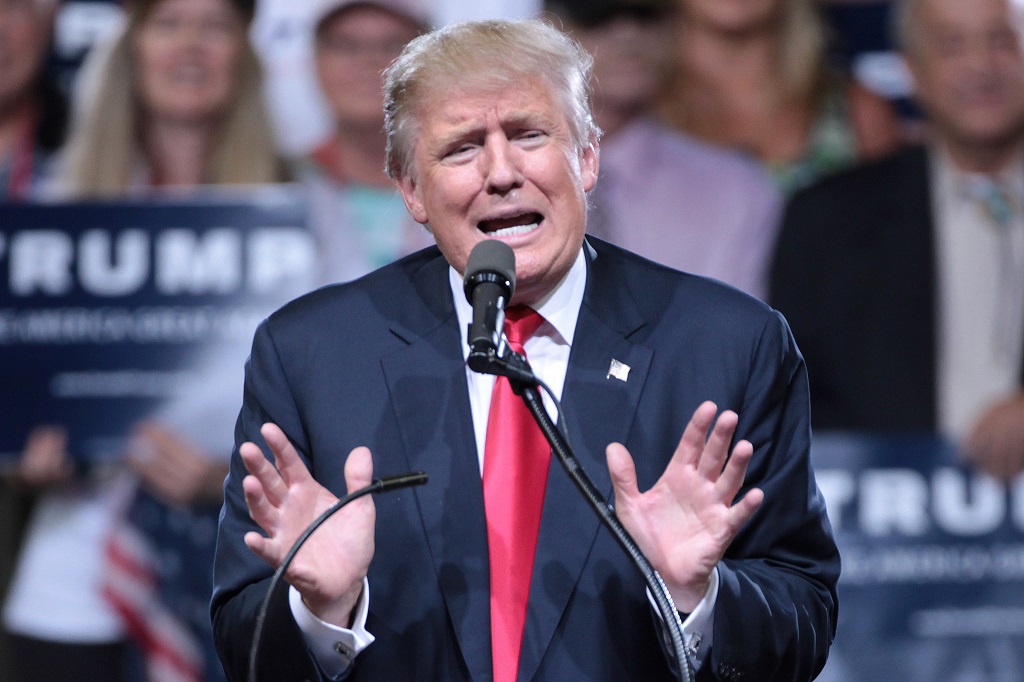Here is Part 2 of George Lakoff’s series on Donald Trump, posted by kind permission of the author. You may read the first article here. — Amy
Note: This is a follow-up to my previous piece, ‘Understanding Trump’. Please read that piece first.
The Responsible Reporter’s Problem
Responsible reporters in the media normally transcribe political speeches so that they can accurately report them. But Donald Trump’s discourse style has stumped a number of reporters. Dan Libit, CNBC’s excellent analyst, is one of them. Libit writes:
His unscripted speaking style, with its spasmodic, self-interrupting sentence structure, has increasingly come to overwhelm the human brains and tape recorders attempting to quote him.
Trump is, simply put, a transcriptionist’s worst nightmare: severely unintelligible, and yet, incredibly important to understand.
Given how dramatically recent polls have turned on his controversial public utterances, it is not hyperbolic to say that the very fate of the nation, indeed human civilization, appears destined to come down to one man’s application of the English language — and the public’s comprehension of it. It has turned the rote job of transcribing into a high-stakes calling.
…
Trump’s crimes against clarity are multifarious: He often speaks in long, run-on sentences, with frequent asides. He pauses after subordinate clauses. He frequently quotes people saying things that aren’t actual quotes. And he repeats words and phrases, sometimes with slight variations, in the same sentence.
Some in the media (Washington Post, Salon, Slate, Think Progress, etc.) have called Trump’s speeches “word salad.” Some commentators have even attributed his language use to “early Alzheimer’s,” citing “erratic behavior” and “little regards for social conventions.” I don’t believe it.


